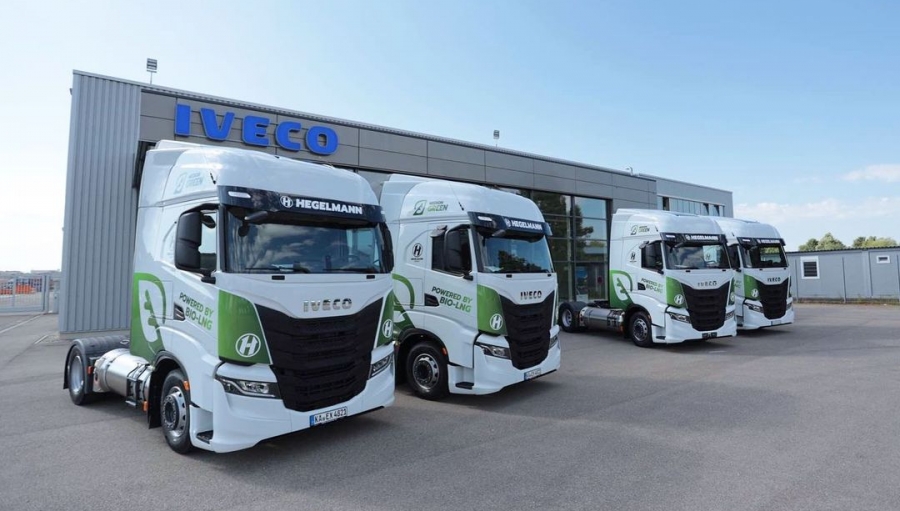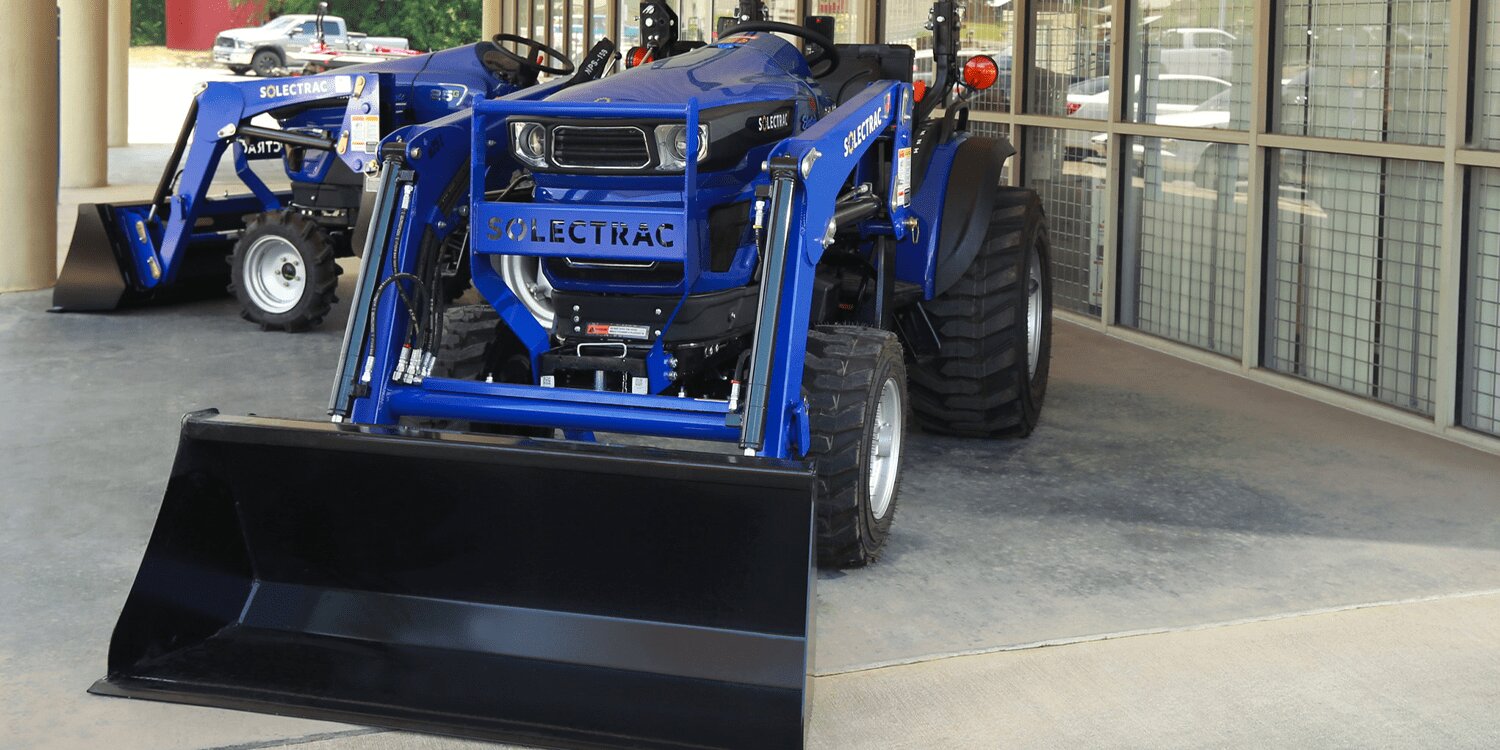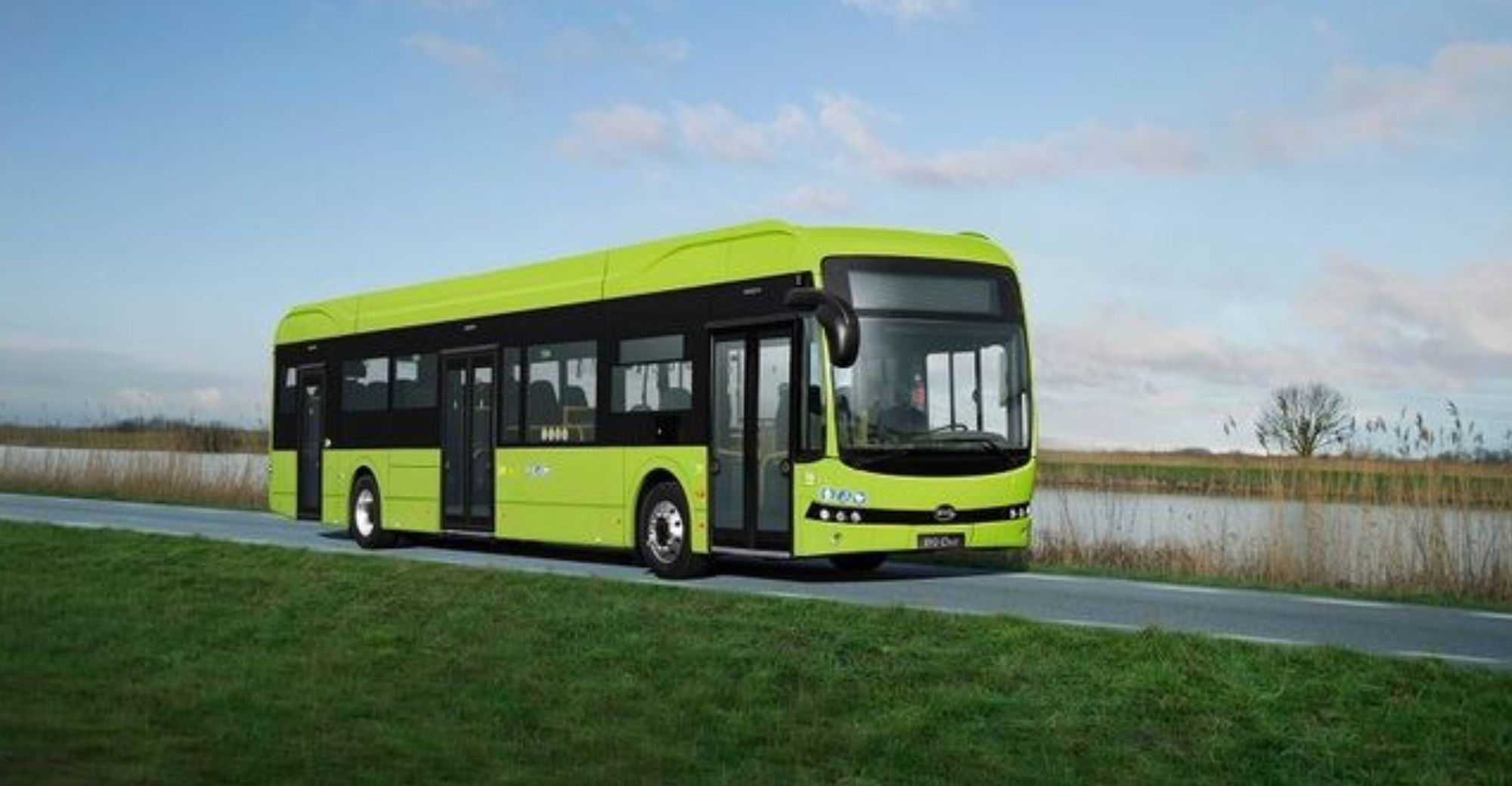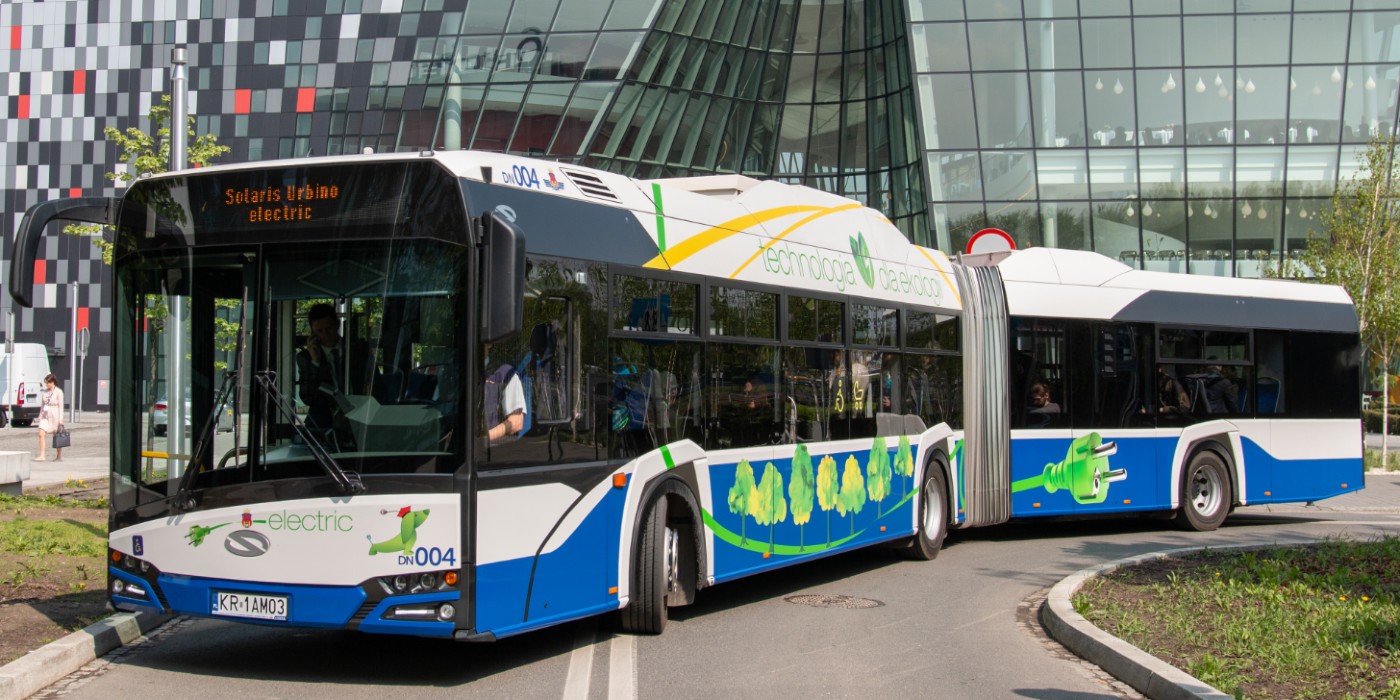Scania sent its electric truck which was specially designed for SCA’s fleet as a woodworker from Sweden.
Scania electric battery trucks are operated to transport logs offering a gross vehicle weight of up to 64 tonnes on public roads up to 80 tonnes on dedicated or private roads to the SCA terminal in Gimons and the paper mill in Obbola.
Fredrik Allard, Head of E-Mobility Scania said that the 80-ton battery-powered wooden truck has shown that even very heavy transport can be electrified.
According to him, the partnership with SCA, is the first show of what may be a clear signal for the upheaval of the sustainable heavy transport industry.
“A change of pace is needed to make Sweden fossil-free on time and meet the goals of the Paris Agreement. The developments in recent years and what we are now bringing together with the SCA show how fast that development is happening both in terms of vehicles and batteries,” he explained in a statement on Tuesday. (12/7/2022).
The trials will initially take place over the summer, during which the Skogforsk Research Institute will collect data to allow comparisons with diesel-powered wood haulers. After that, Scania’s electric heavy-duty trucks will enter SCA’s regular operation.
This vehicle has been developed by Scania in collaboration with SCA and the Skogforsk Research Institute. As reported, Scania is also looking beyond timber haulers for SCA to battery-electric trucks in extra-long and heavy classes above 60 tons, one of which is with Swedish chemical supplier Wibak this winter.
At the time, Scania said that the vehicle itself weighed 10.8 tonnes or about 1.5 tonnes more than its diesel counterpart. This is partly because the nine installed battery packs have a total energy content of around 300 kWh.
In the case of the lumber carrier for SCA, the truck is loaded with an ABB charger with a power of 180 kW at the Obbola paper mill. The vehicle is supposed to make six rounds per day (7.00 – 17.00) between the wood terminal and the paper mill.
One round trip is approximately 30 kilometers, and SCA has calculated 75 minutes per trip (including loading and unloading). With only one vehicle, as much as 55 tons of CO2 can be saved per year on the route.







